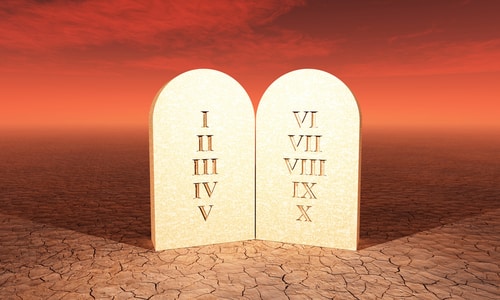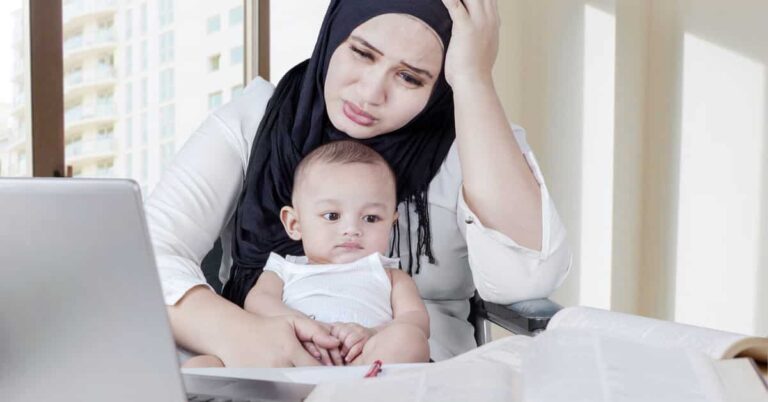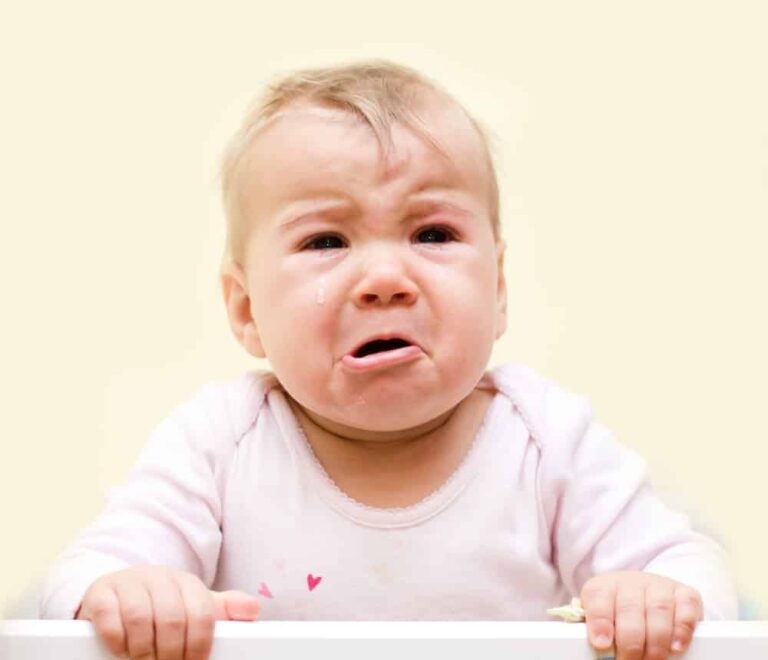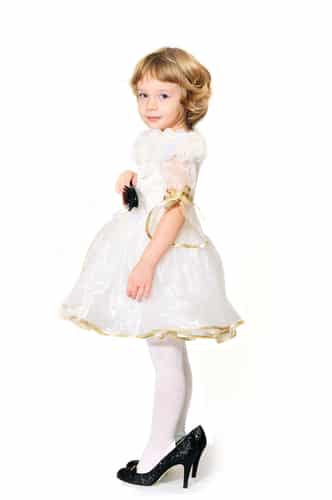How I Plan To Tackle Racist Halloween Costumes With My Daughter
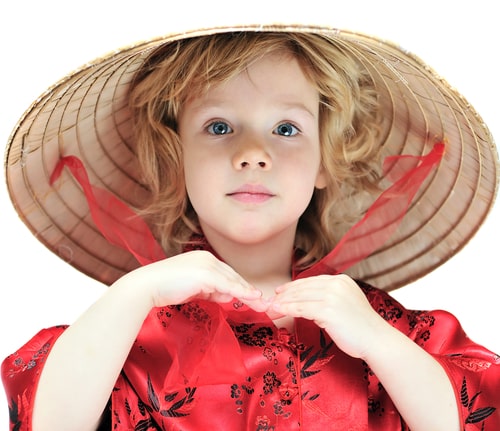

I told my half-Chinese husband of this epiphany, and he raised his eyebrows, surprised that I was just now realizing this. He told me he grew up wincing at stereotypical ethnic costumes, that this was nothing new to him. I was blown away. And because I like to get riled up, I made it my new cause to investigate the costumes on today’s market.
Here’s what I found. On a costume website under ”Chinese Costumes,” we have something called ”Confucius Facial Fur,” which is ”great for a Kung Fu Fighter or an Evil King.” The term ”fur” is a head-scratcher in itself, but to pair Confucius’s name with the suggestion that his so-called fur could be used to represent a fighter or evil king is making a mockery of a real icon in Chinese history.
Then, the subcategories of the Chinese Costume section include ”ninja costumes, geisha costumes, samurai (which is actually Japanese, dear reader) costumes and Jackie Chan costumes.” Jackie Chan? What the what? If I were a kid searching online for a Halloween costume and I didn’t know any better, I would draw the conclusion that all Chinese people are ninjas, geishas, samurai or Jackie Chan.
And racism against Asians is only the tip of this gargantuan Halloween costume iceberg. On the same website, there’s also the Mexican Serape costume, featuring a white male model with a painted-on mustache wearing a cheap sombrero and holding a plastic gun in each hand. Never mind that you’ll be hard-pressed to find a modern Mexican man wearing a sombrero and waving guns in the air””isn’t it disturbingly reminiscent of blackface to see painted-on facial hair used to depict a ”typical” Mexican person?
My daughter is 10 months old, and I’ll probably be the one to decide her costumes for the next couple of years. But soon she will come to me with her own ideas, and what if one of those ideas is an ethnic costume? If so, I’ll encourage her to choose something else. There are just too many unique and non-offensive options out there. Why should we bother with a costume that might truly offend?
I do realize that it’s impossible to be 100 percent PC when dressing up for Halloween. Who knows, maybe the iconic French maid outfit genuinely pisses off Parisians. Or every time a trick-or-treater dons a white sheet, real ghosts gather in protest. But when you compare either of these costumes with the aforementioned Mexican Serape costume, I think it’s pretty obvious which is the better choice.
Aside from being offensive to the race depicted, stereotypical costumes also leave an impression on children who see them. Children have a strong need to put what they see into categories. If their first exposure to a foreign culture is the way it is portrayed on Halloween, that image will stick (I abashedly admit that growing up I thought all historical Chinese people wore wide straw hats and baggy clothing because of costumes I saw in movies and on Halloween).
With this in mind, I see two great parenting opportunities with Halloween. First, racist costumes provide a great segue into a conversation about racial appropriation. If she doesn’t understand, here’s how I could put it in perspective for her. We live in Missouri, but imagine we’re spending Halloween in New York City. We’re out trick-or-treating and we see someone dressed in overalls and a straw hat, wearing fake rotten teeth. When we ask them what they’re dressed up as, and they say they’re ”a Missourian.” This kind of costume, I would explain to her, tells the world that all Missourians are hicks with rotten teeth. However, if that same child had dressed up as Missouri Senator Claire McCaskill (I know I’m reaching, but bear with me), that child would be depicting Missouri in a non-stereotypical light.
And here’s the more ambitious hope I have: if racist costumes are so memorable, costumes that portray the positive side of a particular culture should leave just as strong an impression. If my daughter begs and begs to wear a cultural costume for Halloween, I’ll urge her to choose someone specific and admirable like Betsy Ross, Frida Kahlo or Pocahontas (the real version, not the Disney princess). Not only will my daughter learn something about history as she assembles her costume, but she’ll stand out against the worn-out cliches trick-or-treating beside her.
(photo: Elena Stepanova/ Shutterstock)

